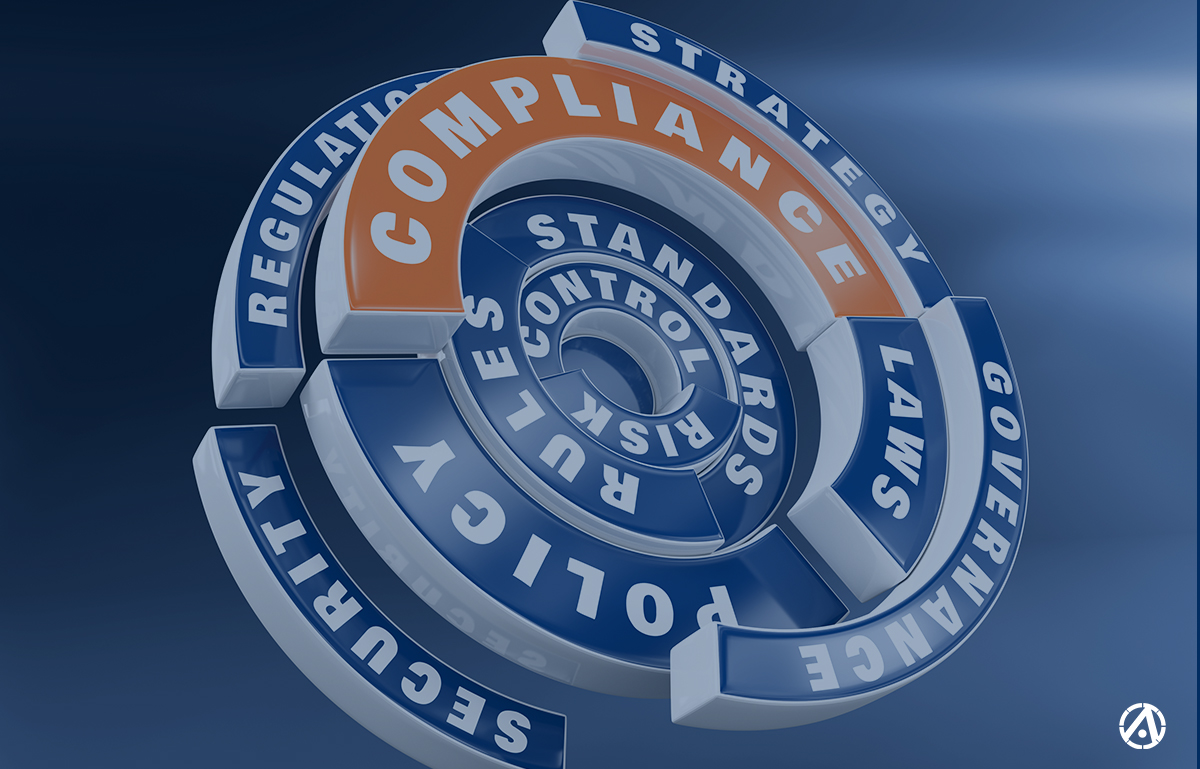A System and Organization Controls (SOC) examination is an independent, third-party assessment of a service organization’s commitment to service and trustworthiness. For any company that intends to outsource a part of its business, such as payroll, record-keeping or IT, it’s a way to vet and gain reasonable assurance that potential service providers are operating under effective and safe controls.
For some service companies, such as payroll or medical claims processors, data centers, loan servicers and Software as a Service (SaaS) providers, it’s required by their business partners. And for any other company with a business model based on providing a service to another company, proof of SOC compliance is a way to stand out from the competition and to evidence legitimacy. Several types of SOC reports are available depending on the type and size of the organization; all of them provide value to not only the user entities, but also the organization itself.
Whether your organization is asked to undergo a SOC assessment, or if you decide to earn compliance proactively, these three questions can help you make smart decisions as you select and prepare for the process.
Download Our Guide to SOC Reports
1. What are my goals?
SOC reports utilize independent, third-party auditors to examine various aspects of a company, such as:
- Security
- Availability
- Processing Integrity
- Confidentiality
- Privacy
- Controls related to financial reporting
- Controls related to Cybersecurity
If a specific SOC report isn’t being required by a potential client, the first step is to determine where you need to achieve compliance. According to the American Institute of Certified Public Accountants (AICPA), the advisory agency that oversees audit compliance, the goal of any SOC report is to help service organizations build client trust and confidence in the service performed and its related controls.
2. Which type of SOC report does my business need?
Several SOC reports are available depending on a business’s compliance goals. A SOC 1 report focuses only on controls at the service organization that affect user entities financial statements. You need this report if it will be used by your customers and their auditors to plan and perform an audit or integrated audit of your customer’s financial statements.
A SOC 2 report examines the design and operating effectiveness of a service organization’s controls to protect the business partners’ intellectual property. For example, if your clients have outsourced their Customer Support, Healthcare Claims Management & Processing, Managed Security, or IT Services, they will likely request you to provide a SOC 2 report. It’s based on the Trust Services Criteria which has five categories: security, availability, processing integrity, confidentiality, and/or privacy. This report is right for you if your customers have the need for and ability to understand the details of the processing and controls at a service organization, the tests performed by the service auditor and results of those tests.
A SOC 3 report — formerly known as a SysTrust or WebTrust — like a SOC 2, is a highly specialized assessment designed to evaluate system reliability through several areas of an organization, including security, availability, processing integrity, confidentiality, and/or privacy. The primary difference from a SOC 2 is that SOC 3 excludes the results of testing and certain other specific information within the description. Whereas a SOC 2 report restricts users, the benefit of a SOC 3 is that it is a general use report making it a great tool for marketing purposes.
Finally, there is a SOC for Cybersecurity examination. This is the newest report in the SOC suite of reports. SOC for Cybersecurity is ideal for businesses, non-profits, and virtually any other type of organization that wants to take a proactive approach to risk management. This report is a general-use report on whether the description of an entity’s cybersecurity risk management program is presented in accordance with description criteria and the controls within that program were effective in achieving the entity’s cybersecurity objectives.
3. How does my organization prepare for a SOC examination?
Once you’ve determined the right SOC report for your business, your next step is to undergo a SOC Readiness Assessment. For both the SOC 1 and SOC 2 reports, this preliminary assessment identifies specific controls and any gaps that could hinder the achievement of objectives during the assessment. It also provides specific, actionable guidance for management’s use to improve weaknesses and maintain your system of controls.
360 Advanced will be with you from the first meeting to the final report to answer questions and provide clarity on the process throughout the examination.

